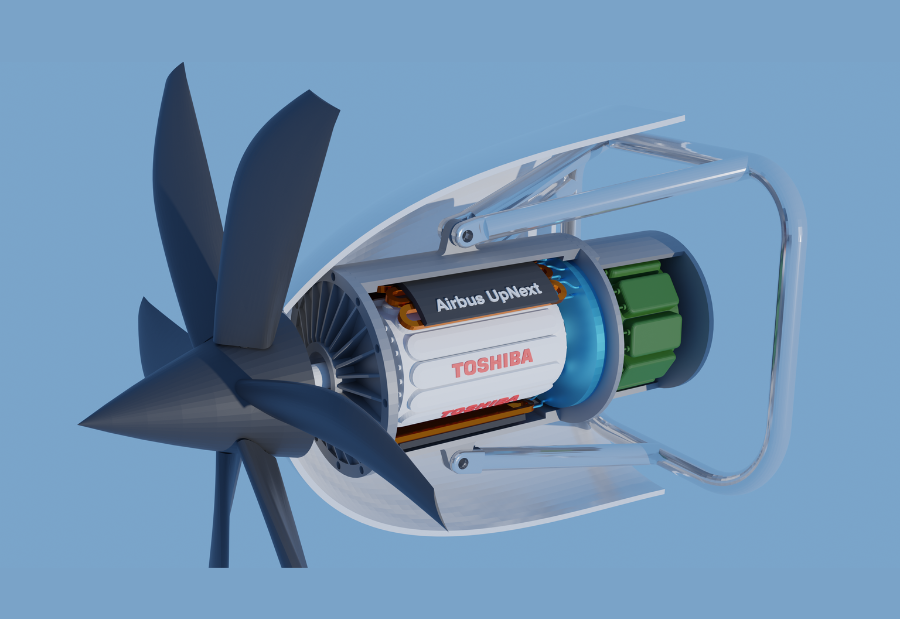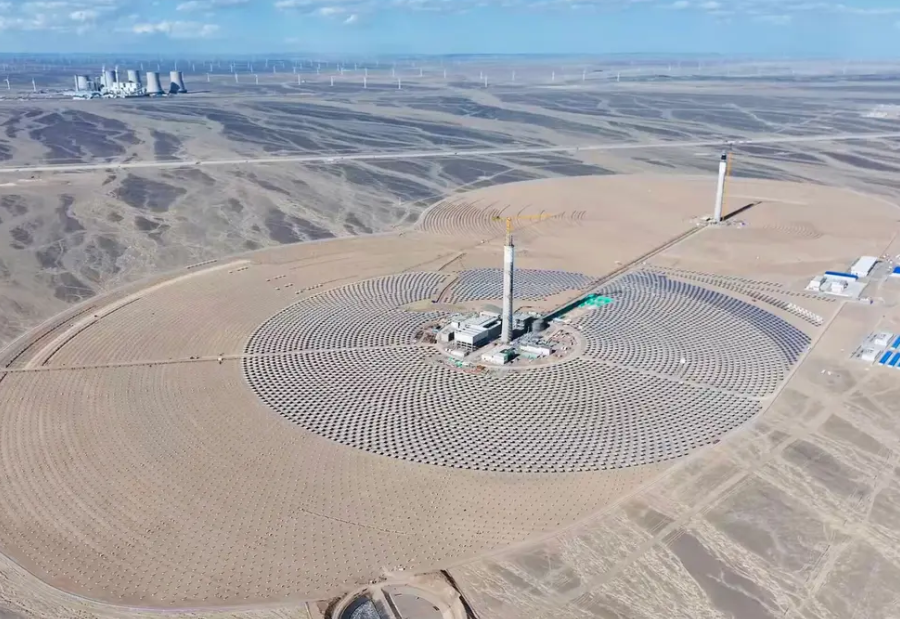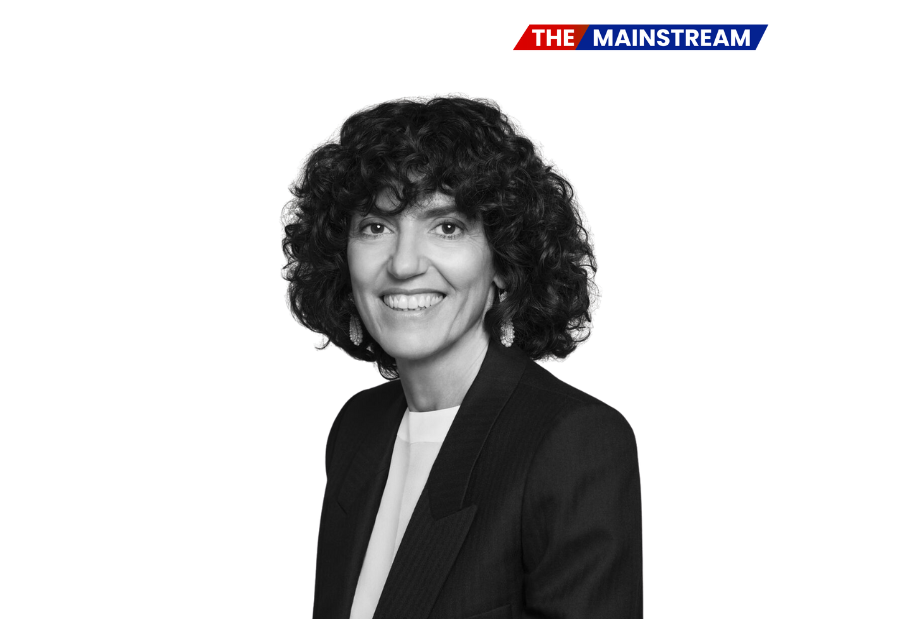Airbus and Toshiba have joined forces to research the use of superconducting motor technology for future hydrogen powered aircraft. The partnership aims to study a new high output electric motor system developed by Toshiba, which is much smaller and lighter than traditional motors.
At the centre of this collaboration is Toshiba’s 2 megawatt prototype superconducting motor, completed in 2022. According to Fumitoshi Mizutani, who leads superconducting motor development at Toshiba, “We succeeded in developing a prototype superconducting motor that is both lightweight and compact, but still capable of delivering a high output of 2 megawatts.” He explained that the motor weighs just one tenth of a conventional model with the same power capacity.
This remarkable power to weight ratio is crucial for aviation, where keeping aircraft as light as possible is key to performance and efficiency. Mizutani added that these design features meet Airbus’s technical needs for its hydrogen aircraft concepts.
The superconducting motor will form part of an electric propulsion system powered by hydrogen fuel cells. In this setup, the fuel cells generate electricity that drives the superconducting motors, which in turn power the aircraft’s propulsors. This method differs from directly burning hydrogen in turbine engines.
A major focus of the research is the link between superconductivity and liquid hydrogen. Superconductors work best at extremely low temperatures with zero electrical resistance. While such cooling is usually achieved using liquid helium or nitrogen, hydrogen stored as a liquid at −253°C can serve a dual role. It can act both as the fuel for the aircraft and as the coolant for the superconducting motor. This dual use could boost system efficiency and reduce the need for heavy cooling equipment.
“Superconductivity is a technology with a lot of promise. If adopted in aircraft, it is expected to boost fuel efficiency and extend flight range,” stated Toshiba. Mizutani added that the technology could later be applied in ships and space projects, though the current focus remains on testing its feasibility in commercial aircraft.
In a separate initiative, Genuine H2 and researchers from Brunel University of London are developing a process to turn seawater into hydrogen fuel. “We take seawater, split it using renewable electricity to make hydrogen gas, store it onboard as a molecular solid, then burn it in an engine instead of diesel, with no CO2,” explained Professor Xinyan Wang.
Also read: Viksit Workforce for a Viksit Bharat
Do Follow: The Mainstream formerly known as CIO News LinkedIn Account | The Mainstream formerly known as CIO News Facebook | The Mainstream formerly known as CIO News Youtube | The Mainstream formerly known as CIO News Twitter |The Mainstream formerly known as CIO News Whatsapp Channel | The Mainstream formerly known as CIO News Instagram
About us:
The Mainstream formerly known as CIO News is a premier platform dedicated to delivering latest news, updates, and insights from the tech industry. With its strong foundation of intellectual property and thought leadership, the platform is well-positioned to stay ahead of the curve and lead conversations about how technology shapes our world. From its early days as CIO News to its rebranding as The Mainstream on November 28, 2024, it has been expanding its global reach, targeting key markets in the Middle East & Africa, ASEAN, the USA, and the UK. The Mainstream is a vision to put technology at the center of every conversation, inspiring professionals and organizations to embrace the future of tech.




